Overview
- Features: Jain temple complex with intricate sculptures and carvings
- Opening Times: 12pm to 5pm, daily
- Best Time to Visit: Late October to early March
- Duration: 2 to 3 hours
- Travelled By: Bus, jeep
- Cost: Free, camera Rs 50
- Address: Ranakpur, Rajasthan, India
- Type: Temple
Author Reviews[display_rating_item_results rating_form_id=”2″ rating_entry_ids=”1″ show_category_filter=”false” show_options=”true” result_type=”star_rating” preserve_max_rating=”true” show_title=”false” show_count=”false” ]
Total Rating: [display_rating_result rating_form_id=”2″ show_count=”false” show_rich_snippets=true] [accordions load=”1″] [accordion title=”User Reviews” last] [display_rating_item_results rating_form_id=”5″ show_options=”true” result_type=”star_rating” preserve_max_rating=”true” show_title=”false” show_count=”true” show_rich_snippets=true] [/accordion] [accordion title=”Add Review”][display_rating_form show_email_input=”true” show_comment_textarea=”true” show_name_input=”true” rating_form_id=”5″] [/accordion] [/accordions]
Summary
One of five holy Jain sites and a popular pilgrimage centre, Ranakpur has one of the best-known and most spectacular Jain temple complexes in India. Read on to find out the highlights and star attractions of Ranakpur Jain Temple before your visit so you don’t miss them.
Highlights & Star Attractions of Ranakpur Jain Temple
One of five holy Jain sites and a popular pilgrimage centre, Ranakpur has one of the best-known and most spectacular Jain temple complexes in India. Though not comparable in grandeur to the Dilwara temples in Mount Abu, the temple has very fine ornamentation and is located in a wonderful setting with peacocks, langurs and numerous birds nearby.
Located in the village of Ranakpur near Sadri town in the Pali district of Rajasthan, the Ranakpur temple complex lies 91km north of Udaipur and 162km south of Jodhpur. The temple complex is positioned in an isolated valley on the western side of the Aravalli Range.
The Ranakpur temple complex hosts several temples including Chaumukha Temple (Mandir), Parsavanath Temple, Amba Mata Temple and Surya Temple. Amongst all of them, Chaumukha Mandir is the largest and most important.
Chaumukha Temple – Star Attraction of Ranakpur Jain Temple Complex
[singlepic id=2450 w=720 h=560 float=center]
Built in 1439, the Chaumukha Mandir (Four-Faced Temple), also known as Adinatha, is the biggest and most noteworthy of the three main temples in Ranakpur. It is dedicated to the first Jain Tirthankar, Adinath who is depicted in the many Buddha-like images in the temple.
History of Chaumukha Temple
Chaumukha Temple is said to have been built by Seth Dhanna Shah (a Jain businessman) with the aid of Rana Kumbha, who ruled Mewar in the 15th century, and Deepaka, the architect of the temple. It is believed that Dhanna Shah was inspired by a dream of a celestial vehicle when he built the temple. It is for this reason that Chaumukha Mandir is designed like a Nalinigulm Vimana (heavenly aircraft) which gives this entire structure a celestial appearance. It is due to the intricacy of this structure that the temple took approximately 65 years to complete.
Architecture of Chaumukha Temple
[singlepic id=2449 w=720 h=560 float=center]
Chaumukha Temple, with its distinctive domes, shikhara, turrets and cupolas rises majestically from the slope of a hill. The temple is designed as chaumukha—with four faces. The construction of the temple and quadrupled image symbolize the Tirthankara’s conquest of the four cardinal directions and hence the cosmos.
The architecture of this temple, Maru-Gurjara or Western Indian architecture shows the deep understanding of structures and the refined skills of Rajasthani craftmen of bygone era. Milk white marble has been used for the construction of this grand temple which occupies an area of approximately 60 x 62 meters or 48,000 sq ft. An incredible feat of Jain devotion, this temple has a complicated series of 29 halls, 80 domes and 1444 pillars.
[singlepic id=2444 w=720 h=560 float=center]
The temple structure is highly compound having four different doorways to get into the halls. These halls ultimately take you to the sanctuary where a chaumukha (four-fold) marble image of Adinath is positioned. The sanctuary is symmetrically planned around the central shrine and is within a 100-sq-m raised terrace enclosed in a high wall with 66 subsidiary shrines lining it, each with a spire. The gateways consist of triple-storey porches.
[singlepic id=2465 w=720 h=560 float=center]
The five spires elevate above the walls and around 20 cupolas rise from roof of the pillared hall. Each spire houses a shrine and the largest shrine is the important one that addresses the central altar.
[singlepic id=2455 w=720 h=560 float=center]
[singlepic id=2459 w=720 h=560 float=center]
The whole temple complex, including the extraordinary array of engraved pillars, carved ceilings and arches are intricately decorated, often with images of Jain saints, friezes of scenes from their lives and holy sites.
[singlepic id=2460 w=720 h=560 float=center]
Highlights of Chaumukha Temple
1. Laced Brackets of the Domes’ Interiors
[singlepic id=2462 w=720 h=560 float=center]
The lace-like interiors of the corbelled domes are a superb example of Western Indian temple style. The upper and lower parts of the domes are linked by brackets that have deities’ sculptures. Above all, you would be amazed to see at a height of 14 metres (45 feet) engraved nymphs playing the flute in various dance postures.
[singlepic id=2464 w=720 h=560 float=center]
2. Intricate Patterns on Ceilings
[singlepic id=2448 w=720 h=560 float=center]
The temple ceilings are decorated with foliate scrollwork and geometric patterns. Each dome has a ceiling with a unique geometric pattern.
[singlepic id=2452 w=720 h=560 float=center]
3. Exquisite Marble Pillar Carvings
[singlepic id=2447 w=720 h=560 float=center]
Over 1444 marble pillars, carved in exquisite detail, support the temple. Of these 1444 engraved pillars, in Jain tradition, no two are the same, each individually carved. Another stunning act about these columns is that their colour changes from golden to pale blue every hour during the day.
Below is a picture of one of the pillars in the temple showcasing intricate carvings of deities and geometric patterns.
[singlepic id=2458 w=720 h=560 float=center]
4. Impressive Marble Elephants Sculptures
[singlepic id=2463 w=720 h=560 float=center]
Elephants play a big part in the architecture of Jain temples. At Chaumukha temple, several elephants can be seen both as statues inside the temple as well as engravings on the exterior temple walls.
5. Single Marble Rock Carving of Snake God
[singlepic id=2454 w=720 h=560 float=center]
There is a beautiful carving made out of a single marble rock comprising 108 forms of the snake god. There are numerous snake heads and tails; one cannot find the end of the tails. The carving faces in all four cardinal directions.
6. Pilgrims Singing and Praying in the Prayer Hall
[singlepic id=2451 w=720 h=560 float=center]
Chaumukha Mandir is a popular pilgrimage site for Jains who come from far and wide to pray and provide offerings to Adinath, the first Jain tirthankar. While most of the pilgrims visit in the mornings or evenings, there are a few who visit the temple at other times of the day.
In the mandap (prayer hall), there are two big bells weighing 108 kg each which produce a harmonious sound when rung. Pilgrims sit around in groups in the prayer hall or stand in front of the marble statue of Adinath located in the main sanctuary.
The atmosphere inside the temple is austere and very calming. The sounds of prayers being chanted by the worshippers and the ringing of the bells makes for an enchanting and melodic feeling of fervour. If you stay long enough, it puts one in a trance-like mood.
Other Temples in the Ranakpur Jain Temple Complex
The Parsvanatha and Neminath are two smaller Jain temples within the Ranakpur temple complex. Both are within close proximity to Chaumukha Mandir as is the Sun Temple.
[singlepic id=2445 w=720 h=560 float=center]
Built in the mid 15th century, the Parsvanatha temple, also known as Patriyon Ka Mandir, is renowned for its engraved windows embellished with Jain figures. The temple has a black image of Parsvanatha in the sanctuary and erotic carvings embellish its exterior.
[singlepic id=2443 w=720 h=560 float=center]
Built in the mid-15th century, the star-shaped Surya Narayana or Sun Temple is also nearby. The temple has innumerable wall projections with circular structures. The image of Lord Surya driven in his chariot by seven horses is a masterpiece.
The Ranakpur temple complex was nominated amongst the top 77 wonders while deciding for the new ‘Seven Wonders of the World’. While it didn’t make it as one of the Seven Wonders, it is a wonder in its own right. Ranakpur should be on your itinerary as part of a visit to Udaipur. To see the artistic beauty of this complex structure will leave you spellbound and amazed.
Getting to & from Ranakpur Jain Temple
There are numerous ways to reach the Ranakpur temple complex. We took a local bus from Udaipur which took 3 hours and cost us Rs 100 per person. On our way back, we hopped into a jeep heading back to Udaipur for Rs 150 per person. We were able to shave off an hour of travel in the jeep instead of taking the bus.
Tell us what you think. Will Ranakpur be on your list of places to visit? If you’ve already been here, what was the highlight of your visit? Any recommendations, tips and hints you would like to share?
We love to hear from you so please leave your comments below.


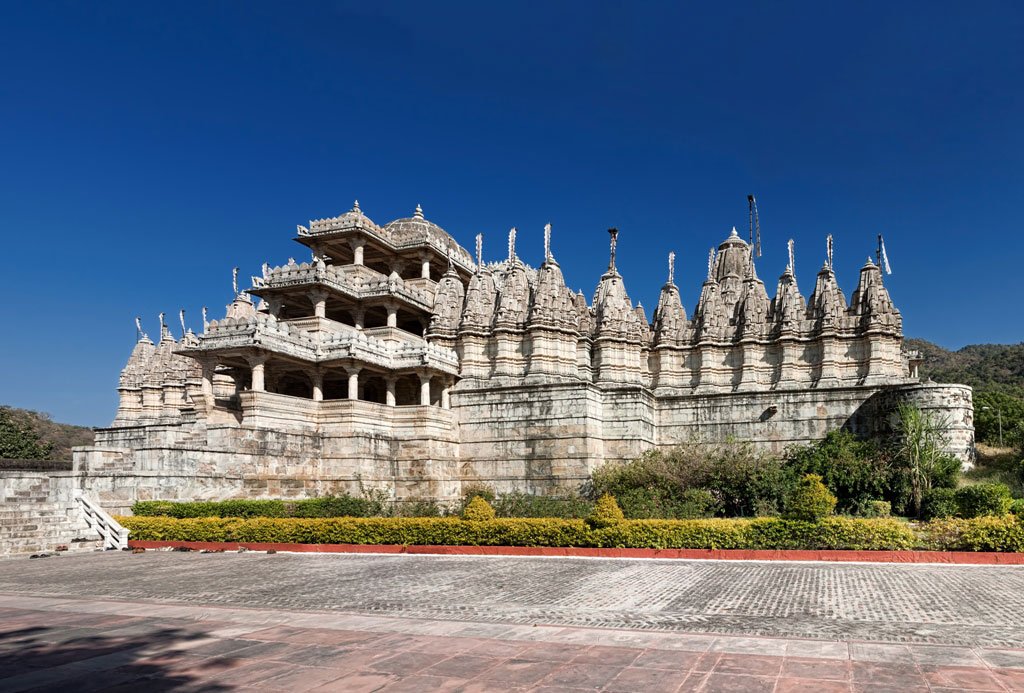

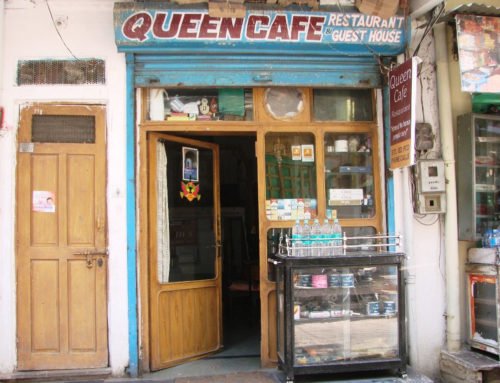
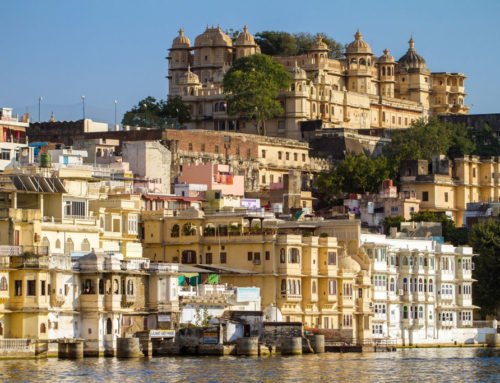
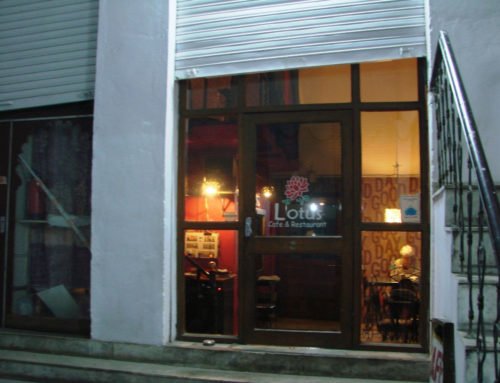
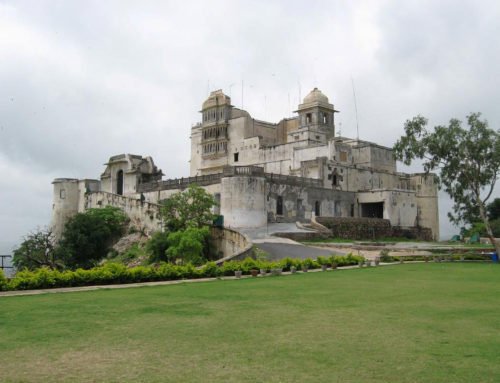
Hey, just want to say that I love your pages on India – great information and beautiful pictures. I’m going to India next month and can’t wait to see all these places.
Thanks Alexis. All the best for a wonderful and safe trip in India.